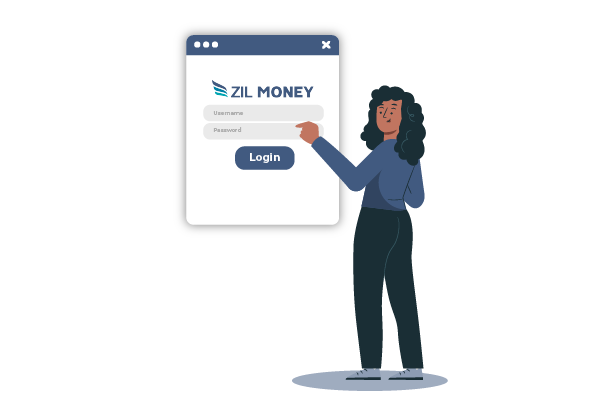In the world of financial transactions, the significance of checks extends beyond traditional roles, encompassing a diverse array of users with unique needs and preferences. As businesses transition into more inclusive and user-friendly practices, the importance of check layout examples that prioritize easy reading becomes paramount.
Font Legibility Matters
One of the fundamental elements of an accessible check layout is the choice of font. Go for clear, legible fonts that are easily readable, even in smaller sizes. Sans-serif fonts like Arial or Calibri are often preferred for simplicity and clarity. Avoid intricate scripts or overly stylized fonts that can hinder readability.
Prioritize Font Size and Contrast
Ensure that the font size is large enough to be easily readable. Adequate contrast between the text and background is also crucial. A dark, bold font against a lighter background or vice versa enhances visibility, especially for individuals with visual impairments.
Organized and Intuitive Layouts
Keep the layout of checks organized and intuitive. Important information such as payee, amount, and date should be prominently displayed. Use clear headings and distinguish different sections with ample spacing, making it easy for users to identify and comprehend each element.
Utilize Clear Graphics and Symbols
Incorporate clear graphics and symbols to enhance understanding. A well-designed logo or relevant symbols can assist users in quickly identifying the issuing entity and understanding the purpose of the check.
Check Accessibility for Easy Reading
In the digital age of financial innovation, Zil Money stands at the forefront of reshaping traditional financial processes. The platform allows users to make informed font choices that align with clarity and legibility. Selecting easy-to-read fonts ensures that the crucial information on checks is accessible to a broad audience, promoting universal understanding. The platform features extend to enhanced visibility through thoughtful contrast settings. Users can customize the color schemes to optimize contrast, ensuring that the text on checks remains clear and readable, particularly for individuals with visual impairments. The platform facilitates the inclusion of clear graphics and symbols on checks. These visual elements assist users in quickly identifying the issuing entity and comprehending the purpose of the check, contributing to a universally accessible experience.
In the realm of check layouts, prioritizing accessibility is not just a design principle; it’s a commitment to financial inclusivity. By incorporating these examples and tips into the check design process, one can contribute to a financial landscape that is accessible to everyone, fostering confidence and independence in financial transactions. Remember, a well-designed check benefits not only individuals with specific needs but also enhances the overall user experience for all stakeholders involved.






